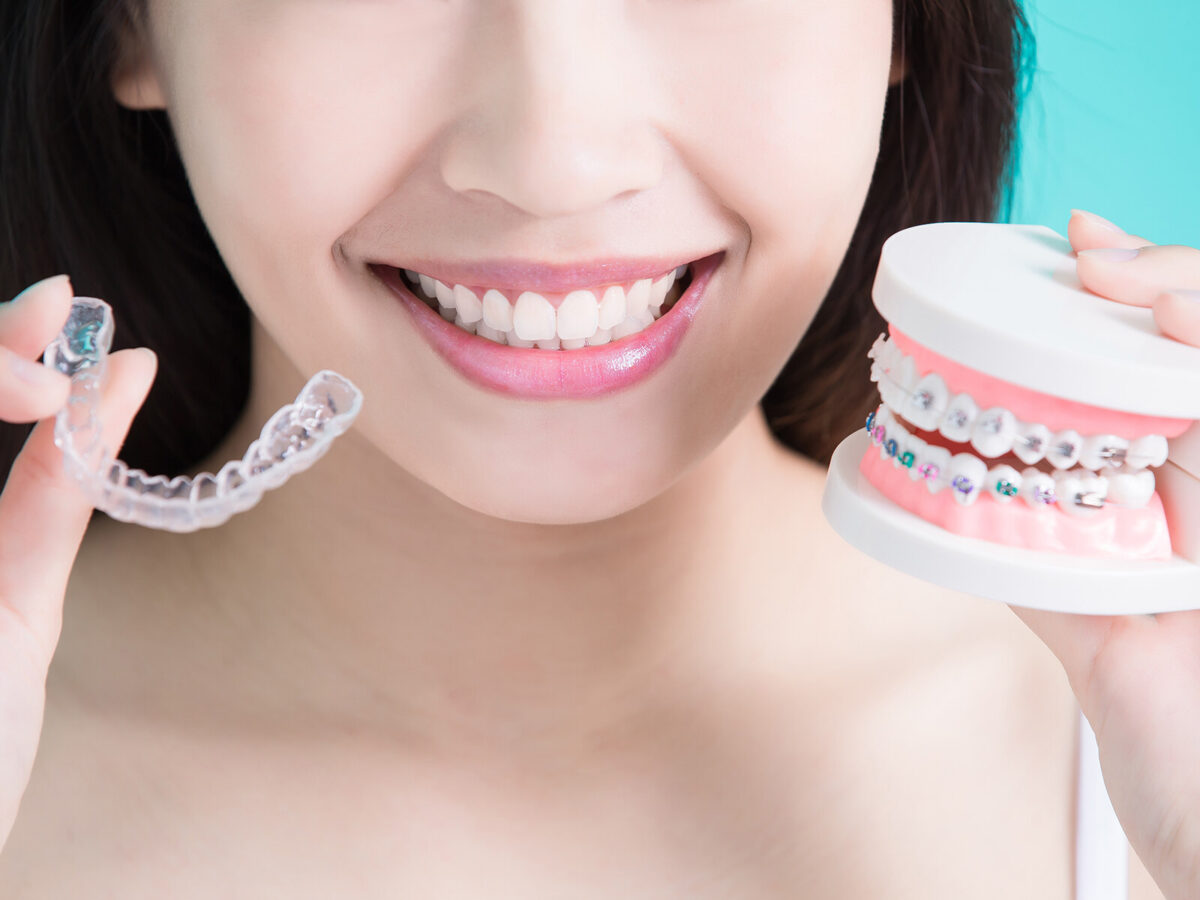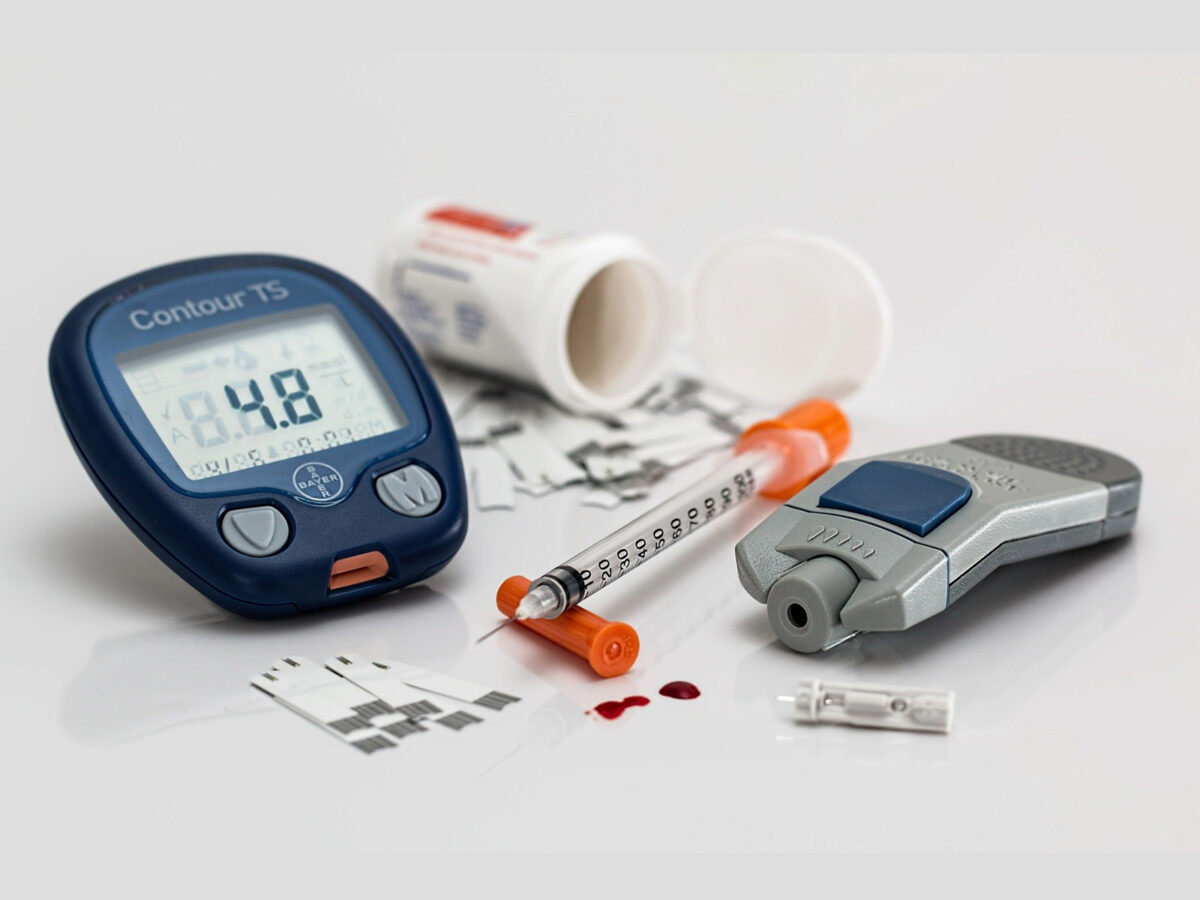Aligners and braces are two popular ways to fix teeth and get a beautiful smile. You can fix crooked teeth with either method, but they are different in many ways that may affect your choice. This guide will discuss important things you should consider when choosing between braces and aligners. It will help you figure out which orthodontic treatment is best for you.
Traditional Metal Braces
Braces have been a reliable orthodontic treatment for many oral disorders for decades. Metal brackets cemented to teeth are joined by wires and bands in braces. These parts exert moderate pressure to correct teeth. Braces are beneficial for treating severe overcrowding, overbite, underbite, and crossbite.
They control tooth movement precisely, making them suited for people with severe alignment difficulties. Traditional braces have limitations too. The visible metal brackets and wires may cause discomfort or irritation, especially during adjustment. Braces patients must practice good dental hygiene to avoid plaque buildup, tooth decay, and gum disease.
Pros of Braces
- Adaptability: Even severe or difficult-to-correct orthodontic issues can be corrected with conventional braces.
- Security: You can be certain of the outcome of your orthodontic treatment with braces since they allow you precise control over the movement of your teeth.
- Compliance: As braces are fastened to the teeth, patients don’t need to keep them in their mouths all the time, unlike with transparent aligners.
Clear Plastic Aligners
For their discreteness and portability, aligners have grown in popularity. These customized aligners are composed of clear acrylic, making them nearly invisible. Aligners gently correct teeth by providing pressure to particular locations. Their aesthetics are a major benefit. They correct teeth more discreetly than braces.
Aligners are removable, making mouth hygiene and eating favorite foods easier. They may not work for all orthodontic cases. They are advised for mild to moderate alignment difficulties and may not be strong enough for sophisticated dental repairs. You can wear them for 20–22 hours daily for the best outcomes.
Pros of Aligners
- Appearance: Aligners are an excellent choice for those seeking a discrete teeth straightening method because they are nearly impossible to spot.
- Removability: You can remove your aligners to eat, brush your teeth, and clean them. Because of this, you can eat different foods and maintain better oral hygiene.
- Comfort: Unlike metal braces, which can irritate and damage teeth, transparent aligners are smooth plastic, making them far more comfortable to wear.
Comparison Between Traditional Braces and Clear Aligners
| Feature | Traditional Braces | Clear Aligners |
| Appearance | Visible metal brackets and wires. | Virtually invisible, clear plastic aligners. |
| Comfort | May cause discomfort initially. | Only some pressure during adjustments. |
| Removability | Not removable; fixed onto teeth until treatment is complete. | Removable; taken out for eating, brushing, and special occasions. |
| Cleaning | Require careful cleaning around brackets and wires. | Easy to remove for thorough cleaning of both teeth and aligners. |
| Diet | Restrictions on certain foods to avoid damage to braces. | No dietary restrictions since aligners can be removed while eating. |
| Cost | Cost can vary but may be lower than clear aligners. | Cost can be higher, but it depends on the complexity of the case and provider. |
Choosing the Right Orthodontic Treatment
When picking between braces and aligners, you should evaluate the severity of your orthodontic concerns, lifestyle preferences, and budget. Schedule an appointment with a professional orthodontist to discuss your alternatives and receive individualized advice tailored to your requirements.
Orthodontists can provide superior orthodontic treatment personalized to each patient’s specific needs. Whether you choose braces or aligners, you can get exceptional results that will help you achieve the smile of your dreams. Contact your dentist today to schedule your consultation and take the first step toward a straighter, healthier smile.



